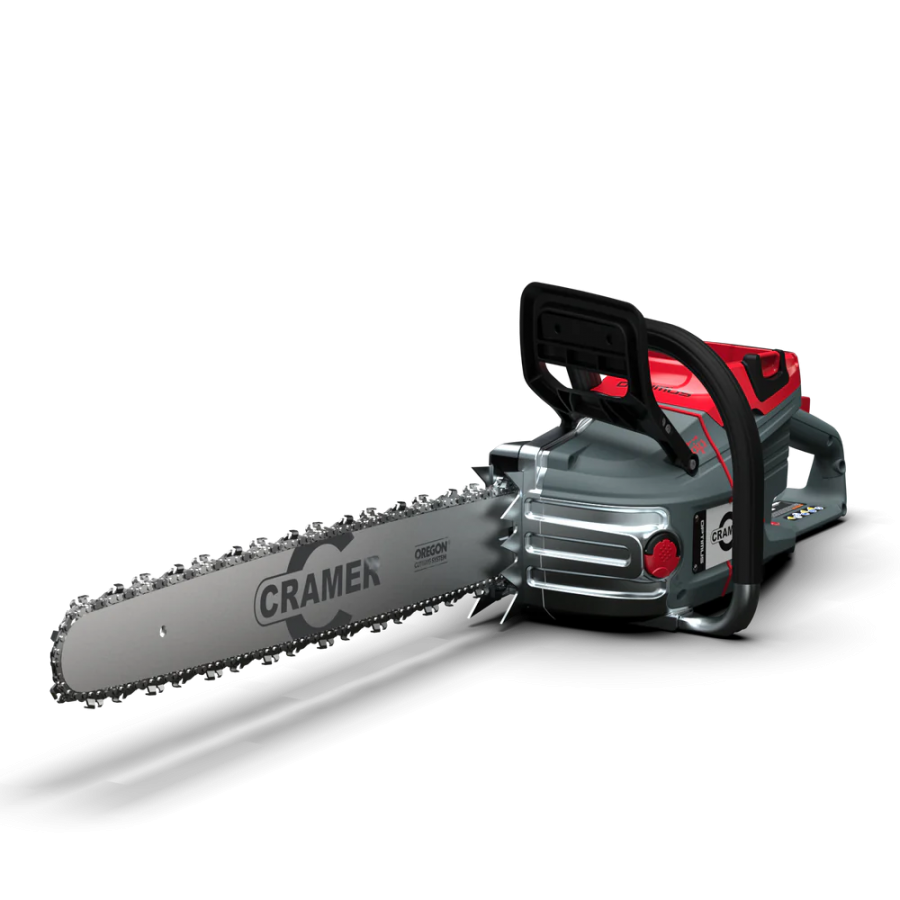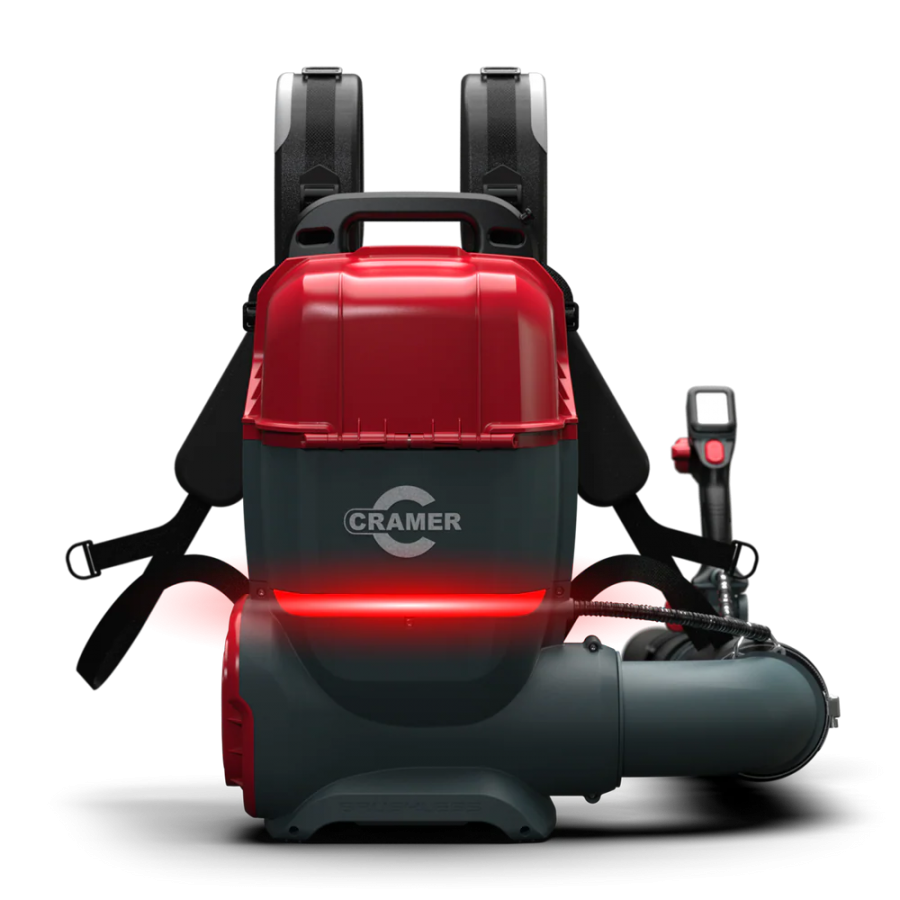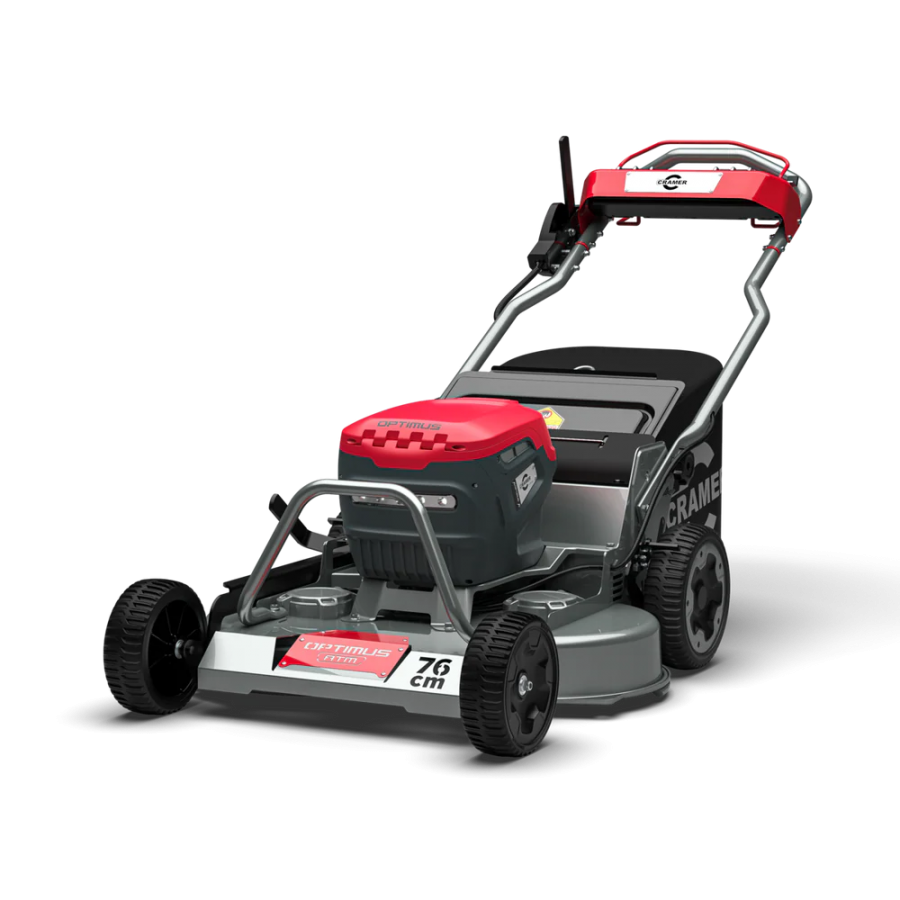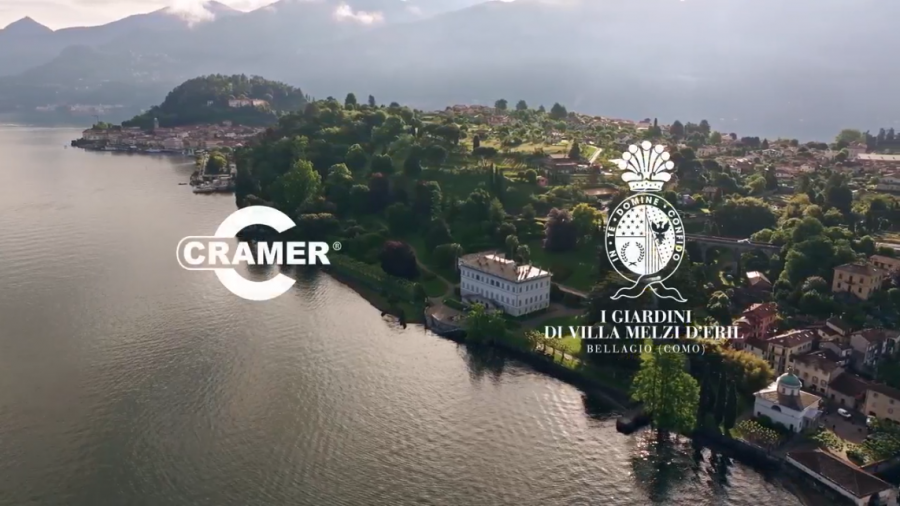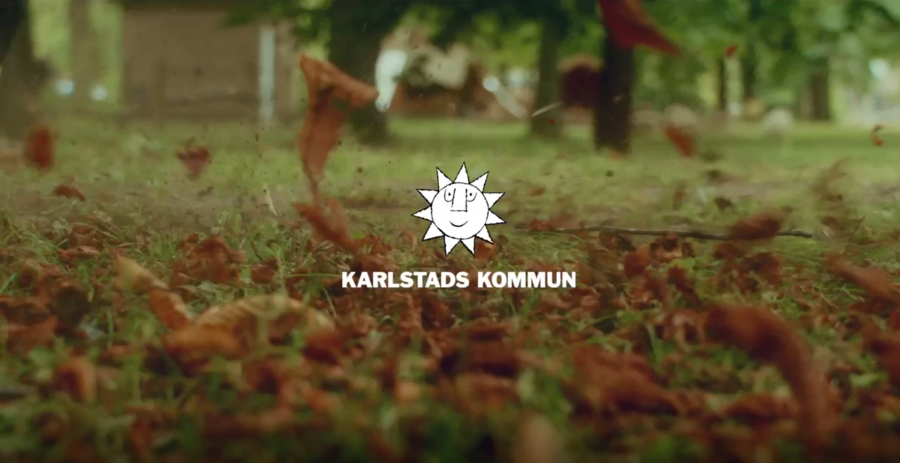
Trees which will be professionally planted on new sites, are usually purchased from tree nurseries where, as they have been grown, they have been re-planted several times and their tap root removed.
This gives a more compact root ball which is close to the trunk compared to a tree which has grown from a seed in one place.
When commercially grown trees are sold, they are removed from ground by a three bladed shovel or with what is more commonly used now, a circular knife. The root balls are covered by a bale cloth so that the roots are not exposed and the bale is then enclosed in wire netting. The root system on a commercially grown tree is considerably smaller than the bale on a naturally grown tree, hence the reason for some type of securing system when planting.
The most commonly used method for stabilizing newly planted trees, is a wooden tripod or its derivatives. This is not an optimal solution, neither esthetically, nor with concern to the physiology of the tree. Consequently more and more underground anchorage systems are being used. Underground systems are superior to tripod systems allowing the tree to be more esthetically displayed, and allowing the tree to develop correctly and establish a healthy root system. This type of anchorage also removes the problems associated with above ground securing, such as vandalism, continual maintenance, the chance of litigation due to obstruction and additional difficulties in maintaining grass around the planting.
The general thoughts and guidelines on underground securing is that it is acceptable as long as the system does not damage the stem, crown or roots and that the bale diameter is large enough and the ground is appropriate. The bale should not be compressed or disturbed in a way that would damage the roots
There are several above ground and underground securing systems available and it is important to make direct comparisons before choosing what you consider to be the best for you. One essential question has been answered by field trials. How much anchorage does a tree need as a minimum? Extensive research by Dr Lothar Wessolly of Germany who is recognized as the worlds leading expert on tree stabilization, and using his "inclomethod" which uses the angle of inclination under a so called "wind supplement load" in connection with an analysis of the wind pressure on a crown, you can get a generalized inclination graph and can determine the maximum wind force a tree can safely take. Dr Wessolly conducted these tests on more than 12,000 trees.
Test results
From the results, he was able to determine that trees with foliage, which were planted in sandy humus soil at Bad Zwischenahn in Germany, didn't need any additional anchorage up to storm force 10. Of the trees planted, 74% were able to take up to storm force 11 and 48% still didn't need support up to storm force 12. This determines that only a relatively small support is actually necessary. In addition to the newly planted trees, further trees with a standing time of one to three were tested to determine how long a tree should be supported until it can be left on its own. Oaks, chestnuts, horse chestnuts, maples, sycamore and linden trees were used, groups all of the typical planting size of 25cm – 30cm diameter trunks as well as solitary trees with 50cm – 70cm diameter trunks were used. The results show that additional anchorage should be used for dynamic and biological reasons.
Biodynamical background
A young tree strives to grow as tall as possible. Without any stimulus by wind, most of the trees resources go into vertical growth. During the vegetation period, there is a constant flow of auxin from the tree tops to the roots. This boosts the vertical growth and therefore inhibits the budding of side shoots, the growth of a wide crown and the main root system. In contrast, in a tree that sways naturally in the wind, phytohormone ethylene is produced. This hormone inhibits the transportation of auxin and creates a growth of cells in a radial direction. This results in a redistribution of the trees growth resources with a reduction of vertical growth and the reinforcement of stem growth and of the main root system. Therefore, trees should be grown without additional support or anchorage.
Possible securing methods
There is a simple principle in engineering, that stiff or rigid systems are not able to absorb and dissipate imposed loads. Dynamic systems on the other hand are able to do just that. This means that a if a tree is supported or anchored by steel cables or stiff tripods, all of the winds force goes into that construction, the tree does not participate in the absorption and the support system is unnecessarily strained. This results in the necessary over-dimensioning of these systems or, if that is not done, the support mechanism will fail. The tree also allows for this support in its system and remains too thin and weak for its height.
Test results also showed that rigid systems with steel cables that are kept under tension, lead to a tightening of the cables and a constriction of the stem which, results in a predetermined breaking point.
If the principle that load distribution, is supposed to function between the tree and its securing system, the possible movements and the maximum bend of the tree have to be known. This was also examined at a tree nursery at Bad Zwischenahn, and it was found that it is possible to provide a tree with part of its possible movement for training itself. If this is done, the tree can develop in a biologically healthy and stable way.
Supporting with stakes
The most common form of support is a tripod, but often a set of four stakes may be used. Both hinder the movement of the tree, causing an influence on the hormonal development of the tree, which needs natural movement for optimal development to get enough stimulation in its root system. It is also a fact that the system is forgotten about and the stakes are not removed after the roots have grown sufficiently. This can take years and from an aesthetical viewpoint this is not acceptable. The bindings can also go into the stem as the tree grows around it, causing a predetermined breaking point.
Another important point which must be taken into consideration is the often fatal effect of strimming. Often there is not enough room between the stakes and the tree. The work has to be done quickly and often there is a certain amount of indifference by the worker. This can result in damage to the stem of the tree and possible death. The only advantage of stakes is the possible use for advertising posters or to hide bad planting materials from the nursery.
Supporting with ropes
Supporting trees with any kind of cable or rope needs a lot of space and can create pitfalls. They are totally unacceptable in pedestrian areas
Static anchorage
There are anchorage systems on the market which use steel cables and ground anchors made of an aluminium wedge. The system is installed by hammering it into the earth with a peg, then fastening it with a ratchet to tighten the cable. Using this type of system the tree is stiff and rigidly anchored as if they were supported by stakes. Naturally this has the same disadvantages. This system also has the problem that if the trees stem thickness increases, it tightens the cables which then depress the cambiums, resulting in grooving, especially if the fastening is done by a sling.
Dynamic anchorage
The advantage of this type of anchorage is its suitability for the natural growth of the tree. The tree can sway freely and grow strong. However systems with screw in anchors require exact placing and adjustment. To install the anchors you must operate outside the planting hole, which can cause problems when setting because of obstruction by stones.
There are other systems which use shock absorbers or soft synthetic ropes. These are rather problematic because of the synthetic materials and its vulnerability to vandalism. A knife or pocket lighter is enough to severely damage the support and consequently the tree. The relative movement of the bale within the planting hole is not completely eliminated. On lawns, there is also the possibility of damage my mowers
Underground securing
All underground securing systems avoid any visual interference and are aesthetically more pleasing. The trees can grow unmolested, because there is no interference to the natural sway and therefore with the hormonal interdependency, allowing the tree to develop to its optimum potential.
Bale pressing using aluminium earth anchors and tensioning ropes. By using polyester slings and aluminium anchors, non rotting materials are inserted into the ground, which is not really satisfactory. With this type of system, attention also has to be paid to the possible compression of the roots. Uninterrupted root growth can only happen where there is no sling, consequently, after the tree's roots have struck, the polyester slings and ropes must be taken out and disposed of.
Bale pressing using wood
This system has advantages and disadvantages. The disadvantage is that the system uses force on the bales by pressing them which is not good for root growth. The advantage is that the wood will totally decay. However, this takes longer than it takes for the tree to be standing securely.
Bale interlocking
This systems development started with consideration right from the start of the extraction of the tree at the nursery. The tree is taken from ground by a circular knife which results in a spherical bale. The bale is immediately covered with a jute bale cloth, which is secured in wire netting. In its new planting hole, it would obviously stand like a ball in a socket. A sphere has no resistance to turning, so this has to be prevented in its new location. Some trees naturally grow tap roots; therefore it makes common sense to employ this principle when replanting trees.
A new system has been developed taking into account this principle. Arbofix was first introduced at the GaLaBau exhibition in Ní¼rnburg Germany, and was immediately awarded the coveted award for innovation. It is produced in four sizes to accommodate different diameters of stem. Arbofix is fitted with only 3 blows of a mallet through the central ring of the wire netting. The system works well with densely rooted bales without damaging the roots.
The practical proof of this system was demonstrated after hurricane Kyrill which occurred on 18th January 2007 Twenty one newly planted acer plantenoids with stems of 18cm – 20cm had been planted in a relatively light substratum using the Arbofix securing system. The planting site was not completed, and the trees were standing on steep sided molehills made of the substratum. The trees were not supported on the sides by the planting holes. Despite the severe hurricane force winds, no tree was unearthed or even pushed over. The planting site was an unprotected high plateau in the black forest. Several other healthy trees which had been planted on the same site with other systems overturned or were badly damaged. This clearly showed the benefits of the Arborfix system.
Overview of plant securing systems
Commercial landscape gardening companies work in a very competitive market place. Contracts are won and lost on price alone leaving narrow margins when calculating planting costs. The costs of different systems should therefore be compared. Not only the initial purchase price but all costs incurred in a planting. The following costs are not totally accurate but are close enough for comparison purposes.
The calculation of the systems cost include (a) the purchase price, (b) the cost of storage and space, (c) the labour cost of installation, (d) maintenance costs after installation. With some other systems interfering material from the planting system must be removed after the tree is able to support itself. Materials such as support slings in the crowns, synthetic rope in the ground or stakes which no longer have a function should all be removed. The costs incurred here can be quite considerable when you take into account the time taken to drive to the planting site, and then the drive to dispose of the unwanted waste.


